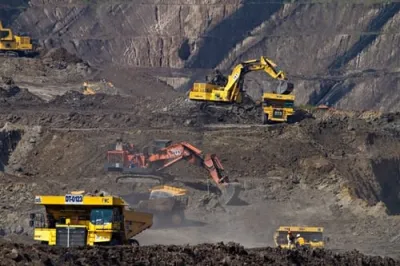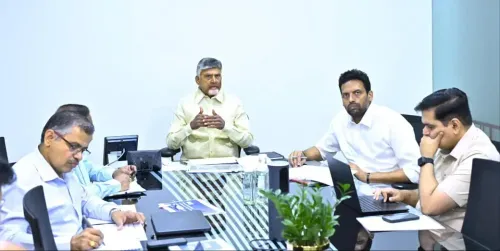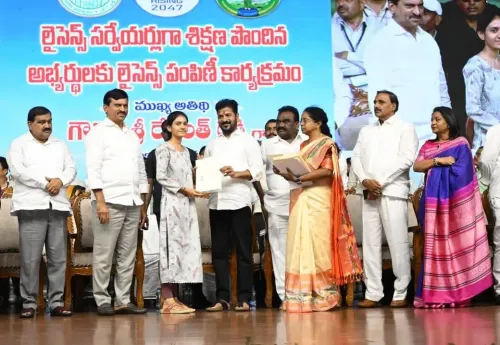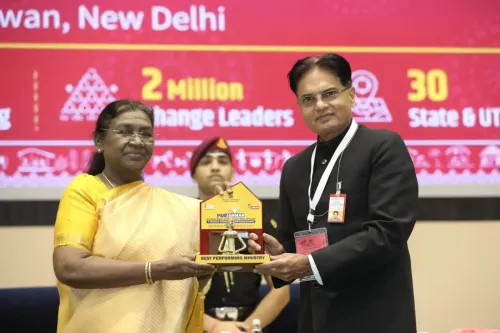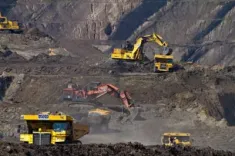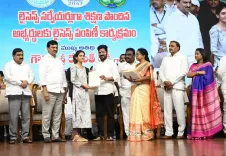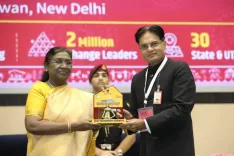Is Manipur Facing Erratic Weather Patterns?
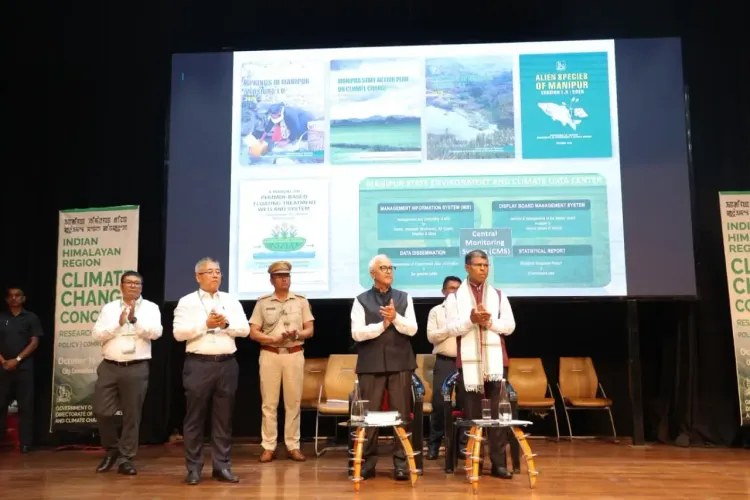
Synopsis
Key Takeaways
- Manipur is facing significant impacts from climate change.
- Erratic weather patterns are becoming more frequent.
- Governor Bhalla emphasizes the need for actionable climate strategies.
- Community participation is vital for successful climate initiatives.
- Key projects include eco-villages and spring rejuvenation efforts.
Imphal, Oct 17 (NationPress) The Governor of Manipur, Ajay Kumar Bhalla, addressed the audience on Friday, indicating that the effects of climate change are being profoundly felt in Manipur, a state located in the eastern Himalayas, renowned for its rich biodiversity and cultural heritage.
During his speech at the closing ceremony of the Indian Himalayan Region Climate Change Conclave held at the City Convention Centre in Imphal, the Governor pointed out that the state is facing increasingly erratic weather patterns. He noted that 2024 has brought about record heat, with Jiribam hitting a staggering 43 degrees Celsius, while rainfall remains highly unpredictable.
While announcing the release of the revised State Action Plan on Climate Change, he emphasized that this plan must lead to tangible actions rather than being a mere document. The plan includes assessments of district-level vulnerabilities and aligns with national climate objectives.
Governor Bhalla highlighted significant initiatives, including the Model Carbon-Positive Eco-Village at Phayeng, the Integrated Ecosystem Services Project at Nungkot Sarbel Machenpat in Andro, and conservation efforts at vital wetlands like Loktak Lake.
He also mentioned the Spring Rejuvenation Programme in Ukhrul, Kamjong, and Senapati, where over 490 natural springs have been mapped to enhance water security and climate resilience.
The Governor asserted that these initiatives demonstrate how policy, science, and community engagement can collaboratively foster resilience, reaffirming the government's commitment to embedding climate action into Manipur's development agenda.
The two-day Indian Himalayan Region Climate Change Conclave, organized by the Directorate of Environment and Climate Change, served as a vital platform for research, policy discussions, and knowledge exchange regarding climate change in the Himalayan region.
Principal Secretary (Environment and Climate Change), Arun Kumar Sinha, also attended the event.
The conclave attracted around 400 participants, including representatives from state governments of 12 Himalayan states, independent researchers, experts, officials from line departments, private sector leaders, NGOs, civil society organizations, and academic institutions.
The Governor toured the exhibitions and booths established during the conclave, expressing appreciation for the innovative projects and community-led initiatives presented there.
He also unveiled five publications: State Action Plan on Climate Change Version 2; Wetlands of Manipur Version 1.1; Alien Species of Manipur Version 1.0; Springs of Manipur Version 1.0; and a Manual on Phumdi-based Floating Treatment Wetland System.
Additionally, the Governor inaugurated the State Environment and Climate Data Centre virtually.

